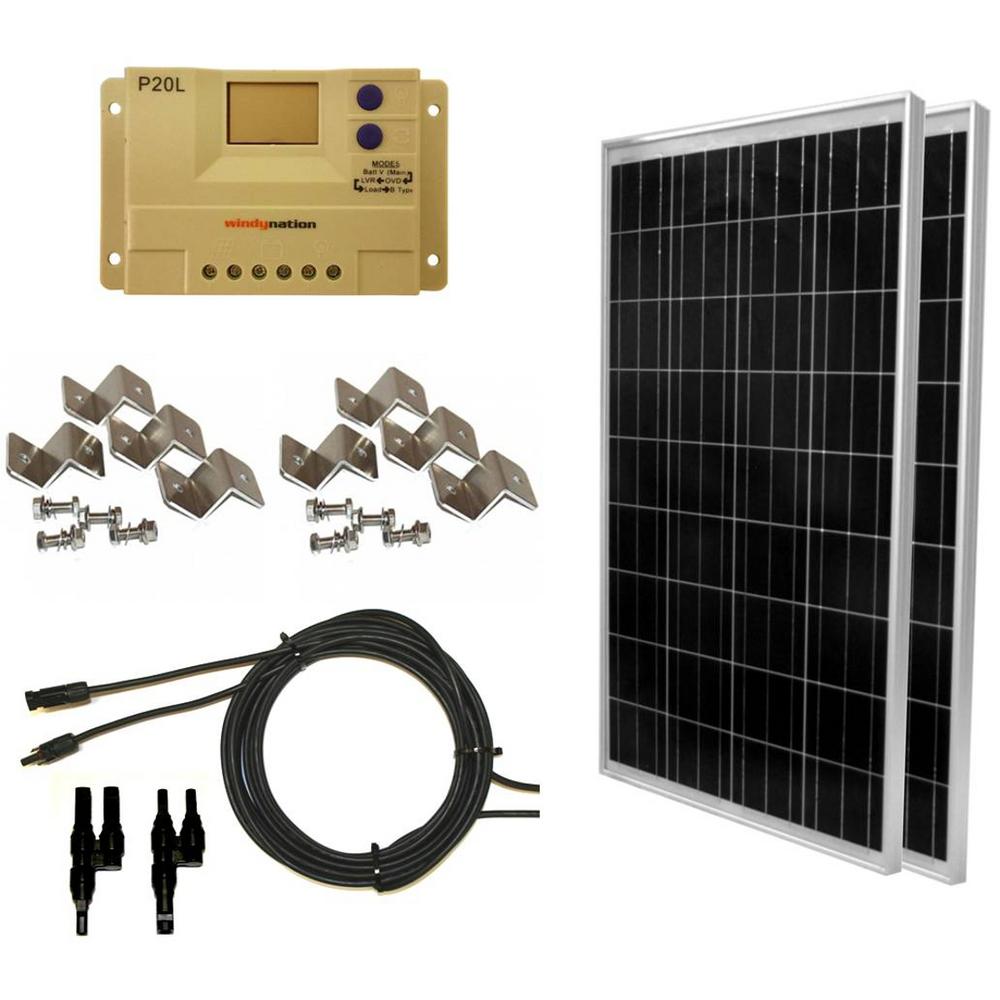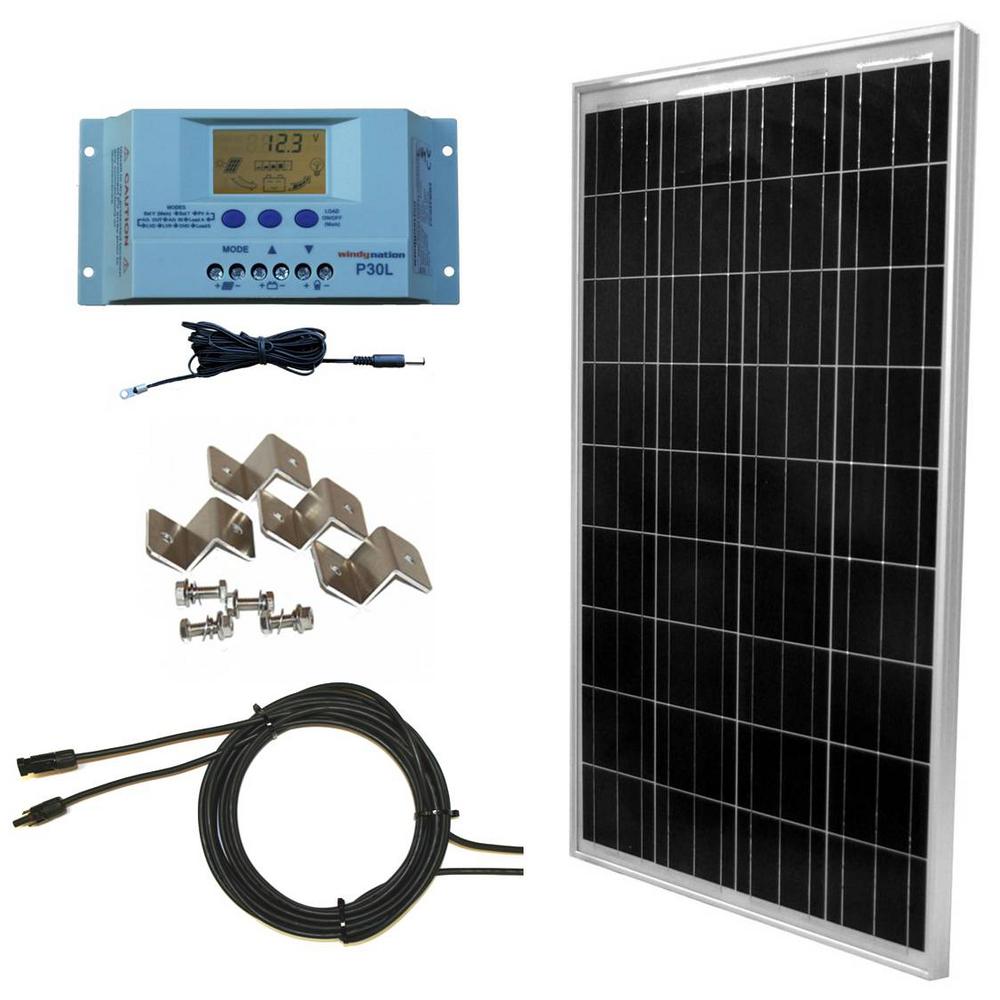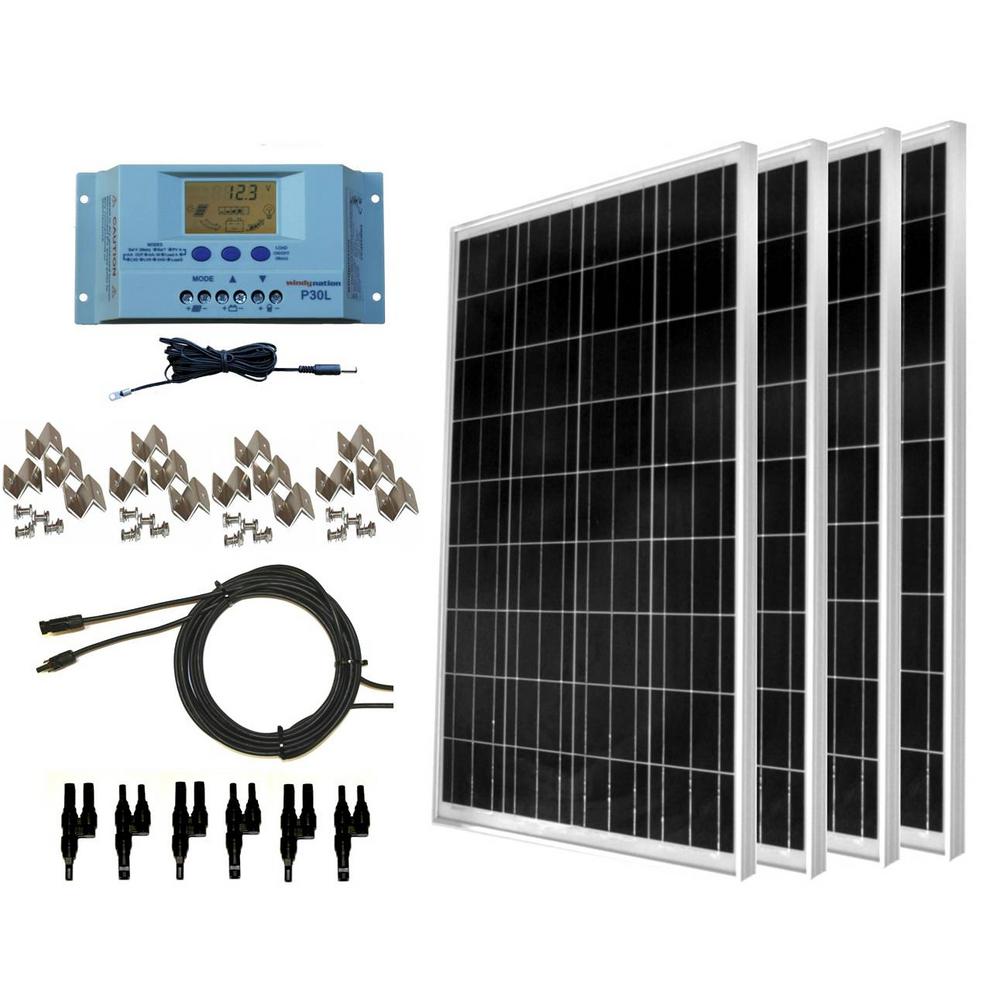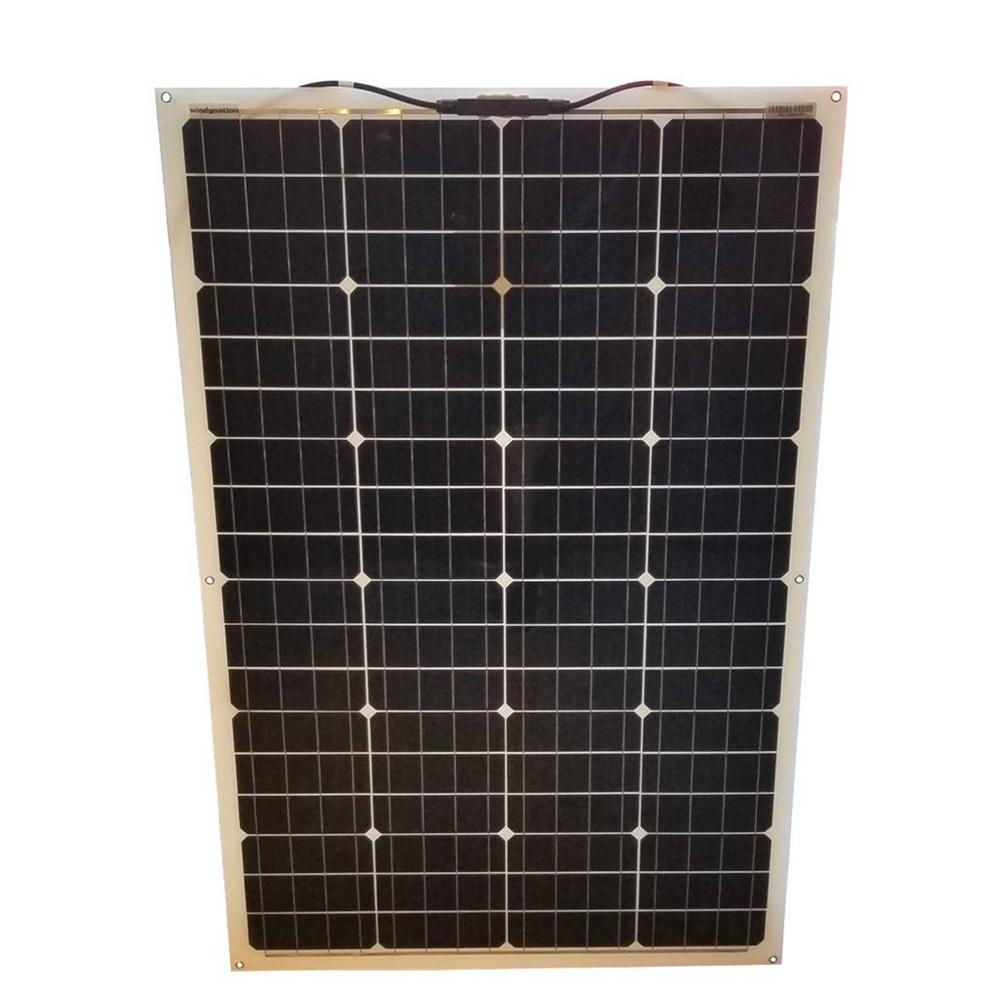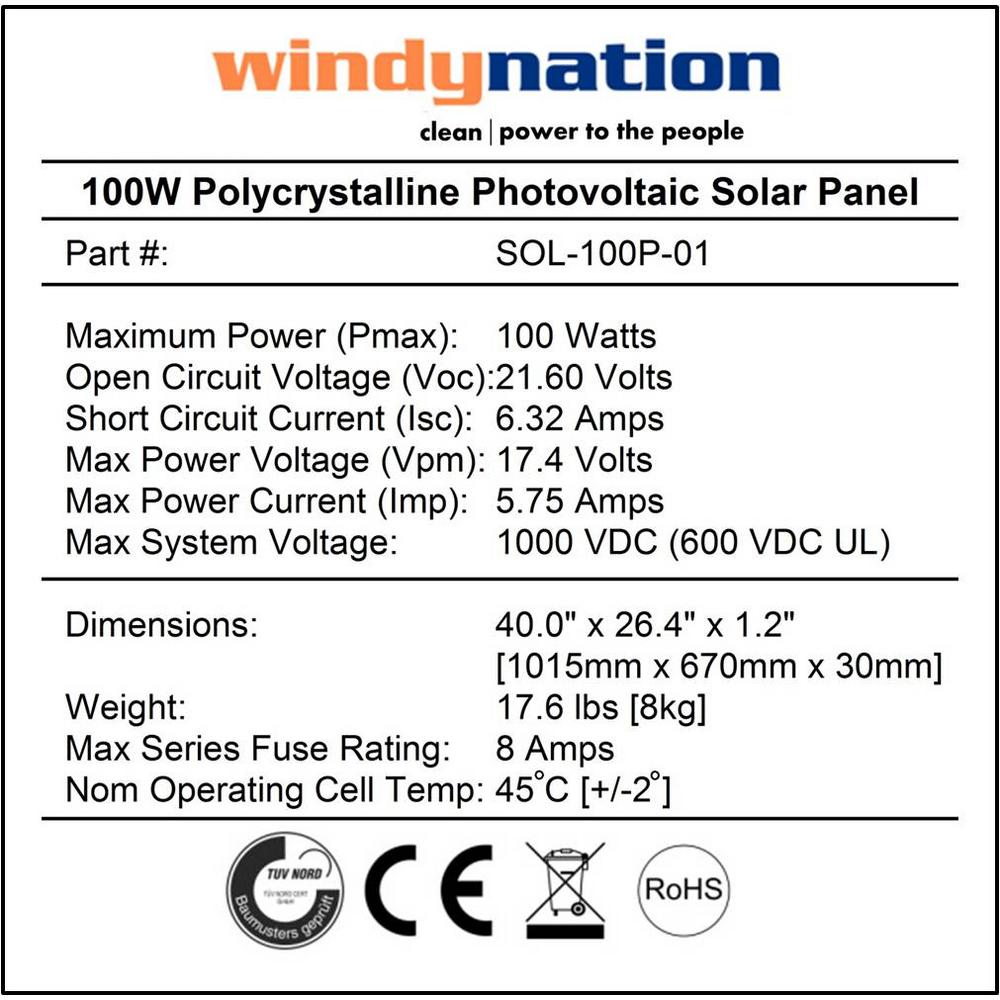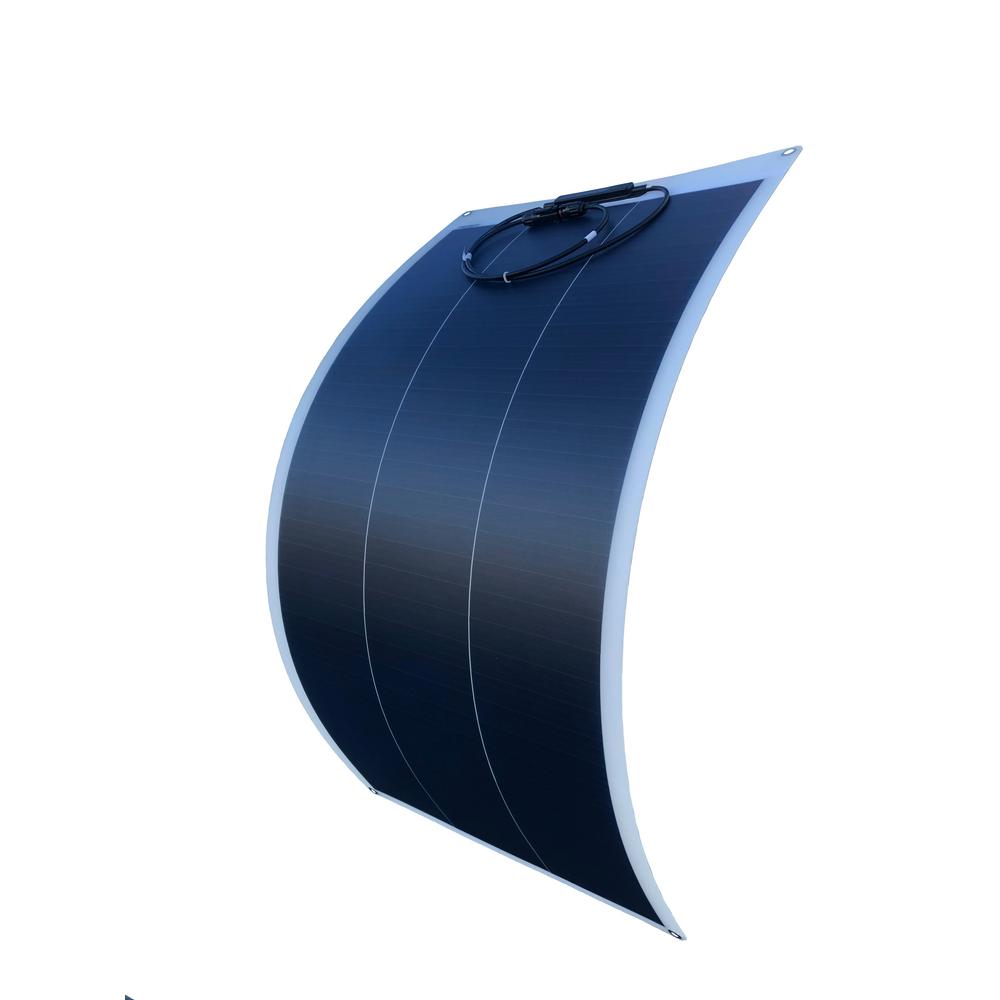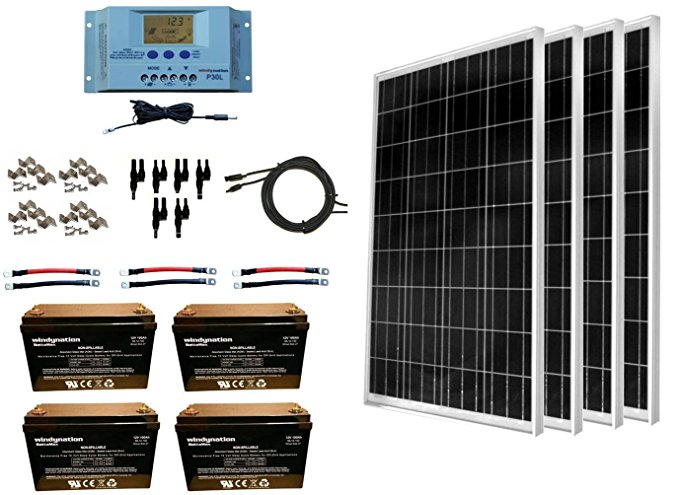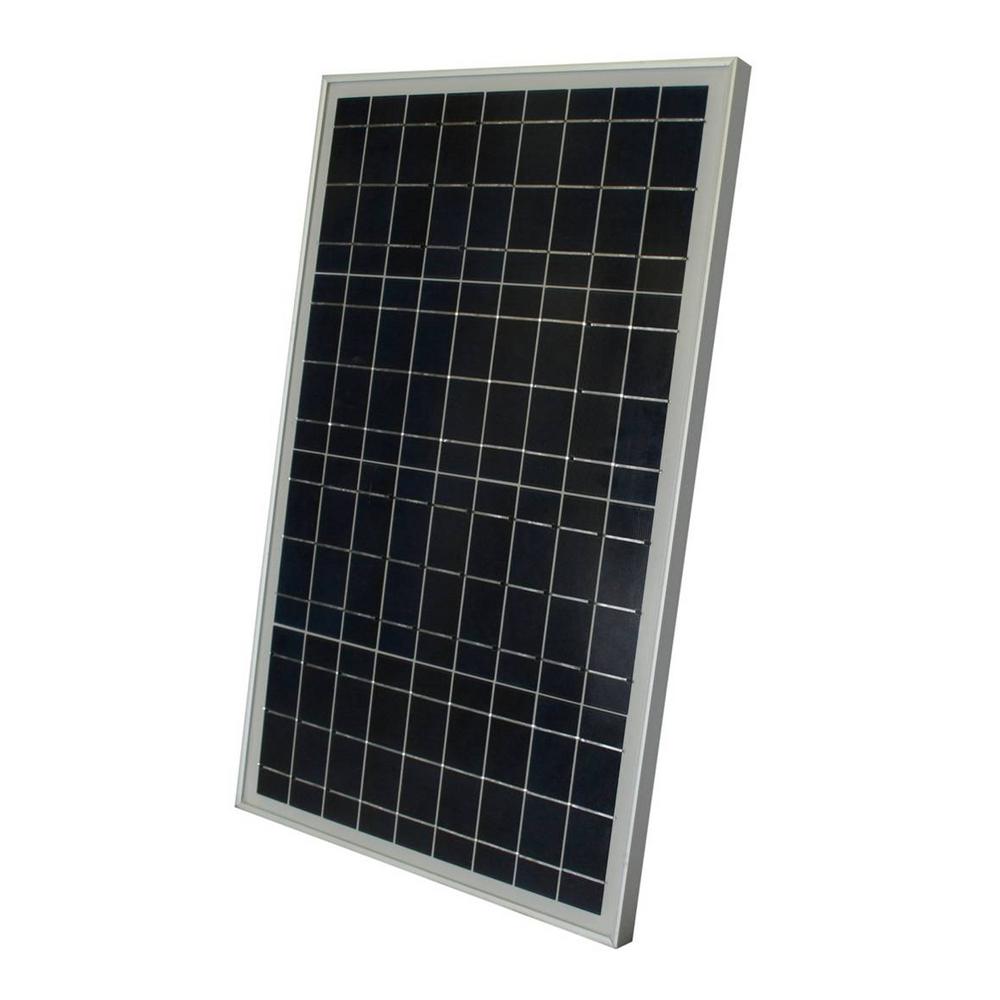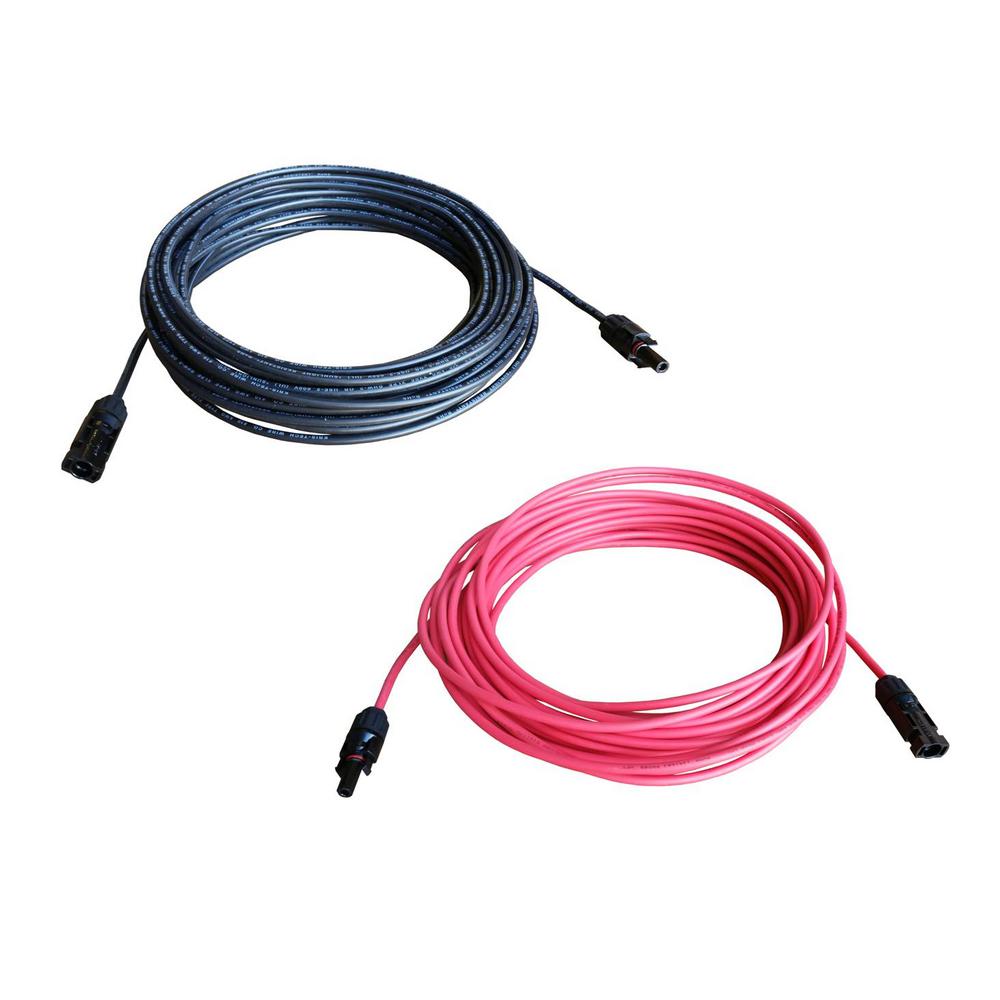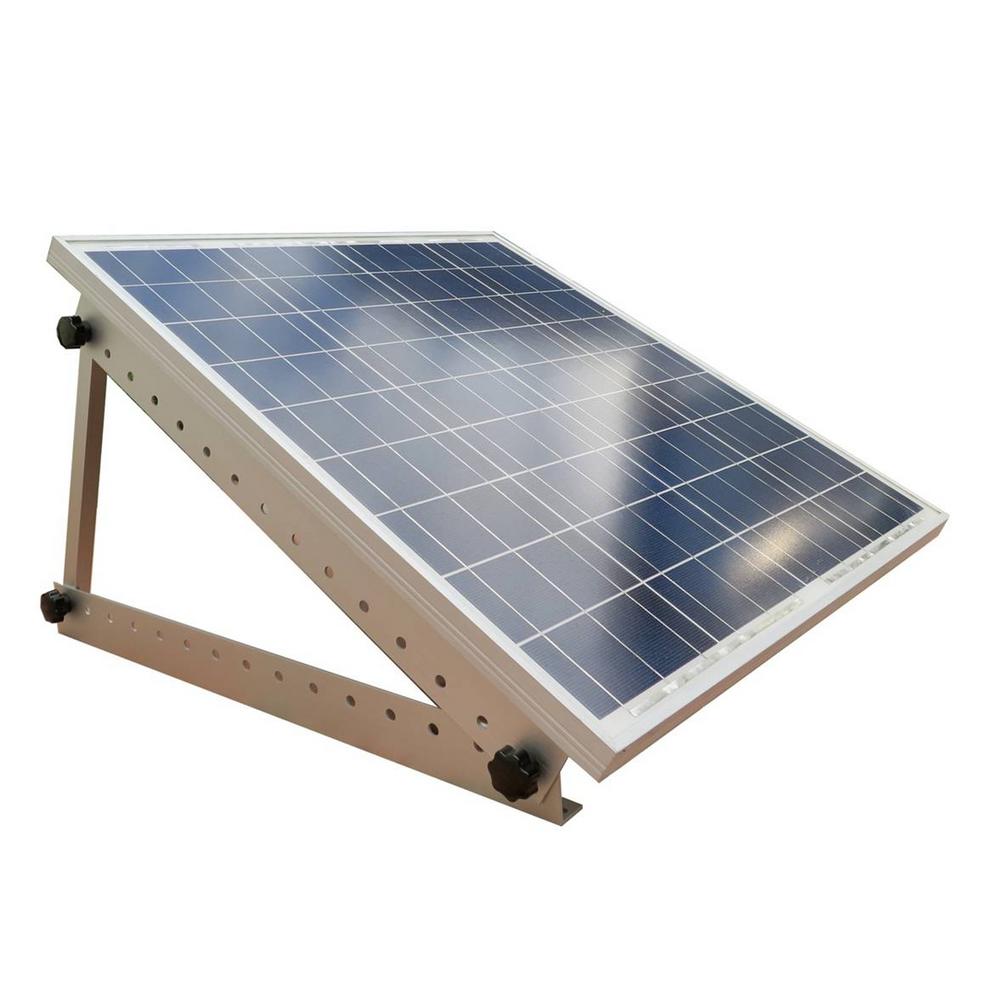Changing Wire Windy Nation Solar Panel Junction Box

This will cause the wires leading to that panel to far exceed 30 amps causing that wire pair to potentially catch fire.
Changing wire windy nation solar panel junction box. This is a short introduction on how to wire a solar junction box. Receive special offers and discounts on windy nation products and new product launches. Open the cover of the junction box located on the back side of the panel by prying the cover locking tabs with a small slotted screwdriver. If multiple panels are combined in parallel then a three to eight awg combiner wire set is generally needed to safely transfer the power to a charge controller or gti.
At the other end of each wire is a pv connector designed to make wiring solar arrays much simpler and faster. Windy nation s solar panels come with approximately 3ft of positive and negative wire connected to the junction box. In the case of panels in parallel a 30 amp fuse is required for each panel. Some of the solar panels such as kyocera sharp come with serviceable junction boxes.
The positive wire has a female pv connector and the negative wire has a male pv connector that snap. I purchased a 6. Commercial solar pv panels over 50 watts or so use 10 gauge awg wires. How to wire a solar panel junction box or terminal box is one of the most commonly asked question that we receive.
Set the volt meter to read dc volts. A simple voltage reading will show you the polarity of a solar panel even when inside. If your panels are smaller than 50 watts and use only 12 gauge wires and 20 amp fuses are required. Another way to find the polarity of the solar panel is to check with a volt meter.
To measure across the solar panel terminals or wires put the red positive meter lead on one side and the black negative on the other. 1 pair black red solar panel extension cable wire solar connector 8 gauge awg 10 gauge awg or 12 gauge awg from 13 99. Remove the diode that requires replacement from the terminals by using the tip of the solder iron under the lead of the diode and prying or lifting each lead of the diode separately.

